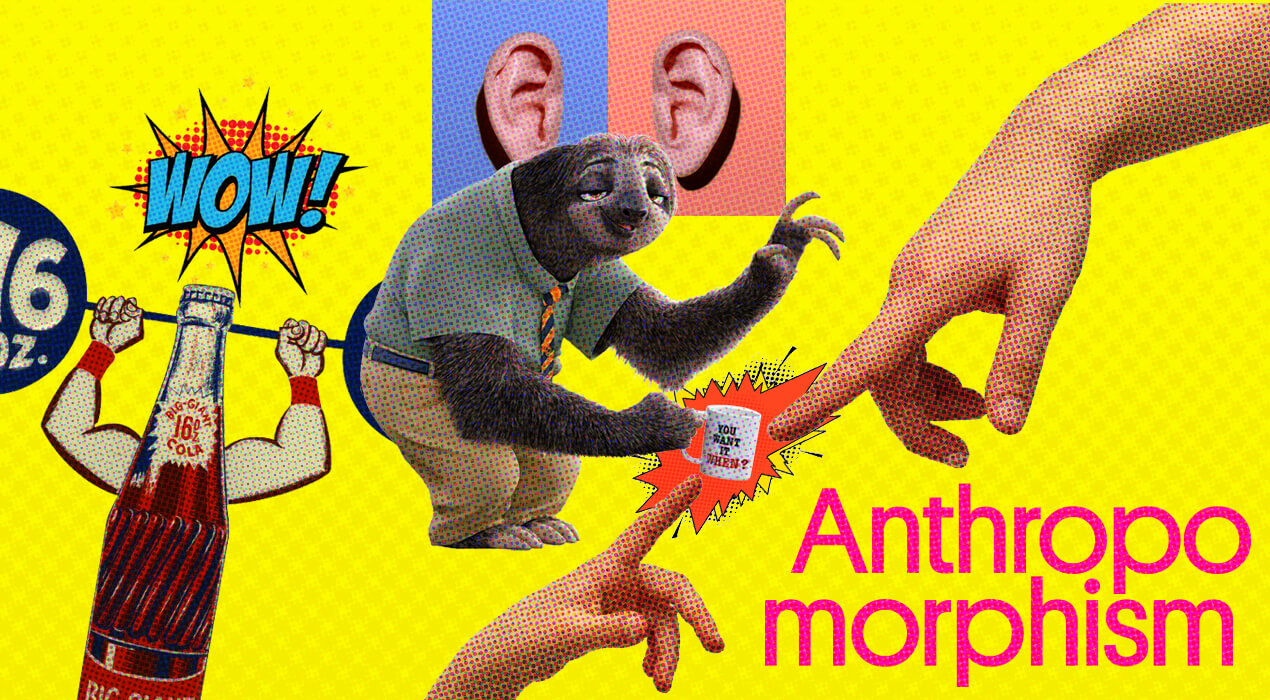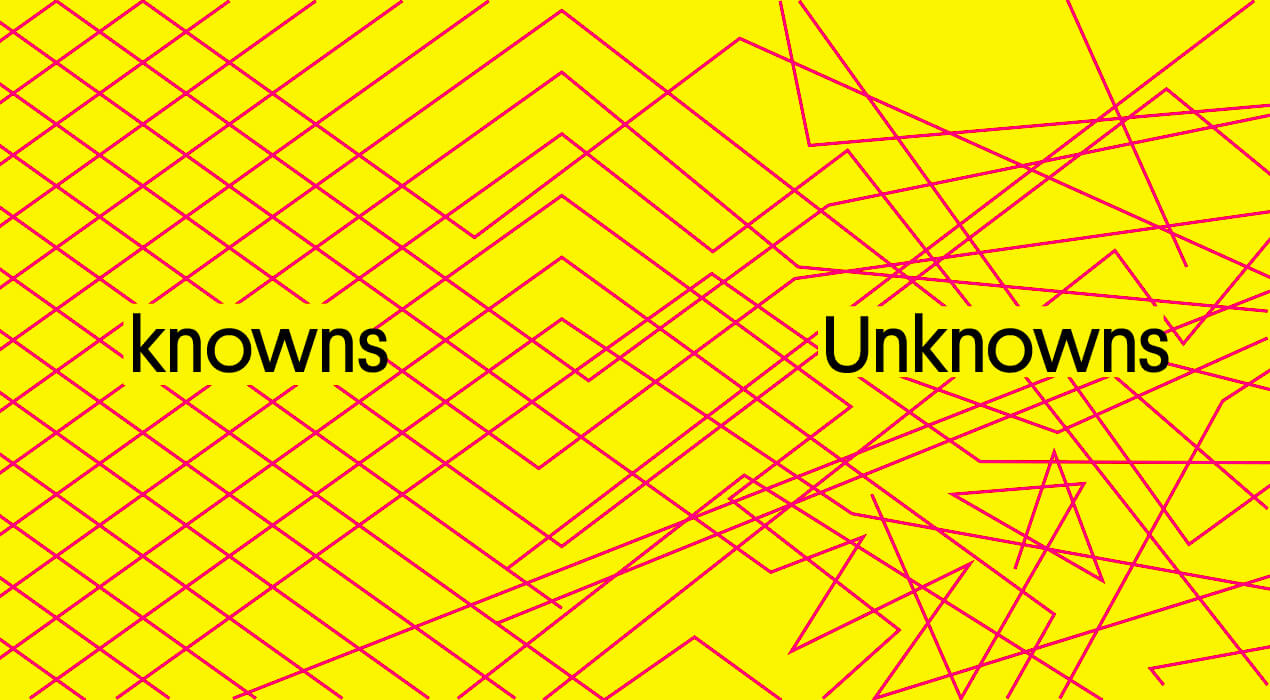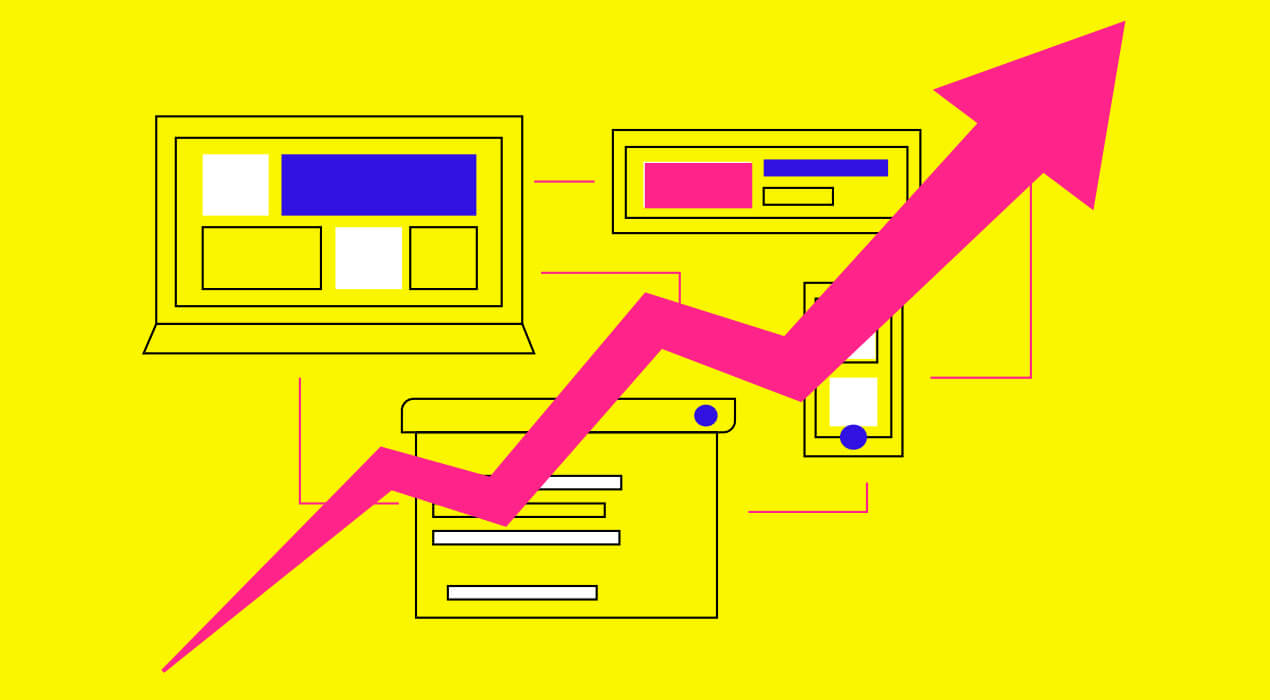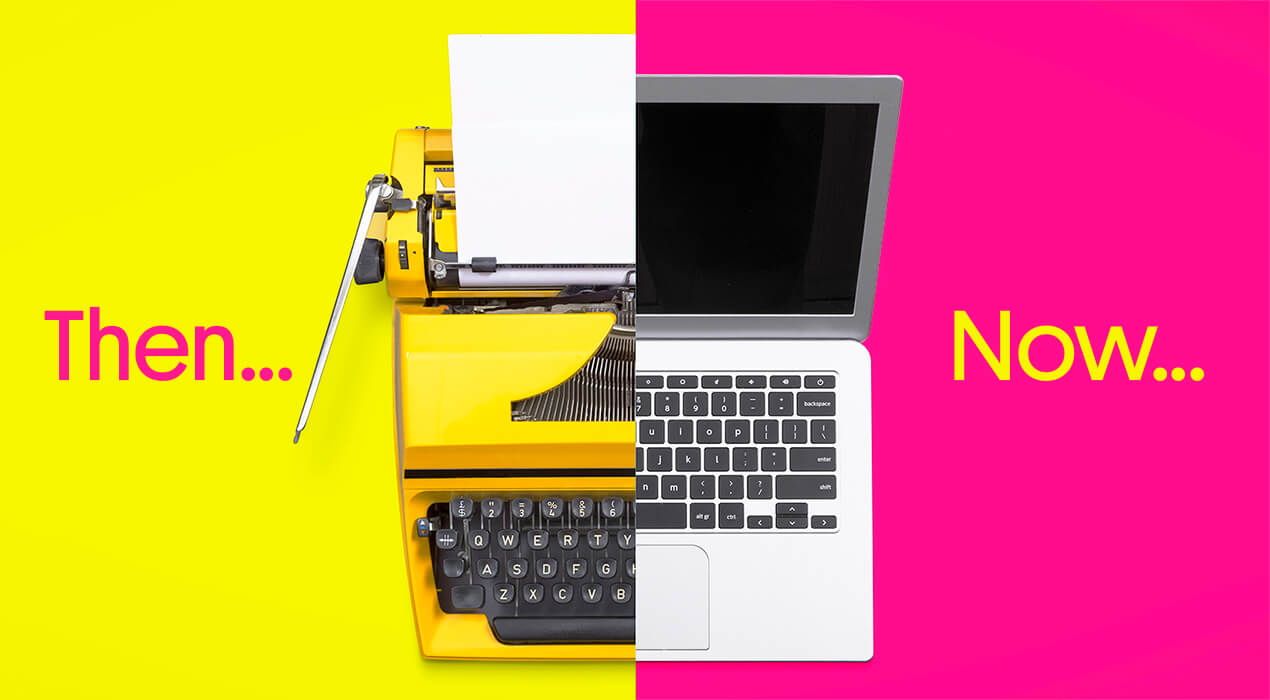Humanizing design to build human empathy
Anthropos = Human,
Morph = change shape in Product and brand design
UNLEASH Global Innovation Lab is a global platform that selects a thousand talents from around the world every year and brings them together to solve pressing problems troubling our planet. It is special because every year, a few of the United Nations 2030 Sustainable Development Goals (SDGs) are selected for the talents to work on. In 2017, one of the groups of the young UNLEASH talents who had gathered in Copenhagen were asked to work on the challenge of making urban transport more sustainable. It was a diverse group comprising a designer, a human rights activist, a marketing specialist, a data researcher and an electric car engineer and their solution was – humanizing public transport. This solution to personify public transport was inspired by Melbourne’s ‘e-mail a tree’ programme to make it easier for citizens to report any concerns about their neighbourhood trees. But, humanizing trees by allocating them their unique email addresses took on a whole new meaning for the residents of Melbourne; what ensued was thousands of ‘love letters’ from people who felt a deep connection with the trees.
One such letter read –
Dear Gum,
Apologies if that’s not the form of address you prefer. I wanted very much to tell you how much I miss your family. I’ve lived in Texas for two and a half years now, and I so fervently miss the heady scent of your cologne as the morning sun warms you.
I miss your gentle swish swish as the wind tousles your leaves playfully. I miss your strong white trunk, rising majestically from the earth, striking up towards the clouds. I miss the dappled shade you so generously provide.
The sound of magpies, harbouring in your foliage, does not grace my ears. The silver green of your long, lithe leaves does not appear in my current surroundings.
I miss you, Gum. I miss all that you represent for me. Stand tall and strong, and know that my heart reaches out to you across the seas.
With immense fondness, A
While the intention of the Melbourne government was only to protect trees by giving them their individual email addresses, this simple act of personification surprisingly brought out the innate need that humans feel to connect with all objects, including inanimate ones at a deeper, humanistic level. The outcome was an unintentional civic anthropomorphism, or the delegation of human attributes and character to a civic object making it almost natural for people to share an emotional bond with it.
Hume had noted in his work that anthropomorphism is the universal tendency of humans to conceive of all things like themselves. Dior’s perfume bottle that is shaped to look like a posh lady with gloved hands is a classic example of anthropomorphism in product design. It is designed to speak to its target consumer – rich, classy ladies. Or think of the evolution of Coca-Cola’s bottle; it has had multiple iterations since it’s creation in 1899 and the version that has stuck is one that has a creative resemblance to the shape of a human body.
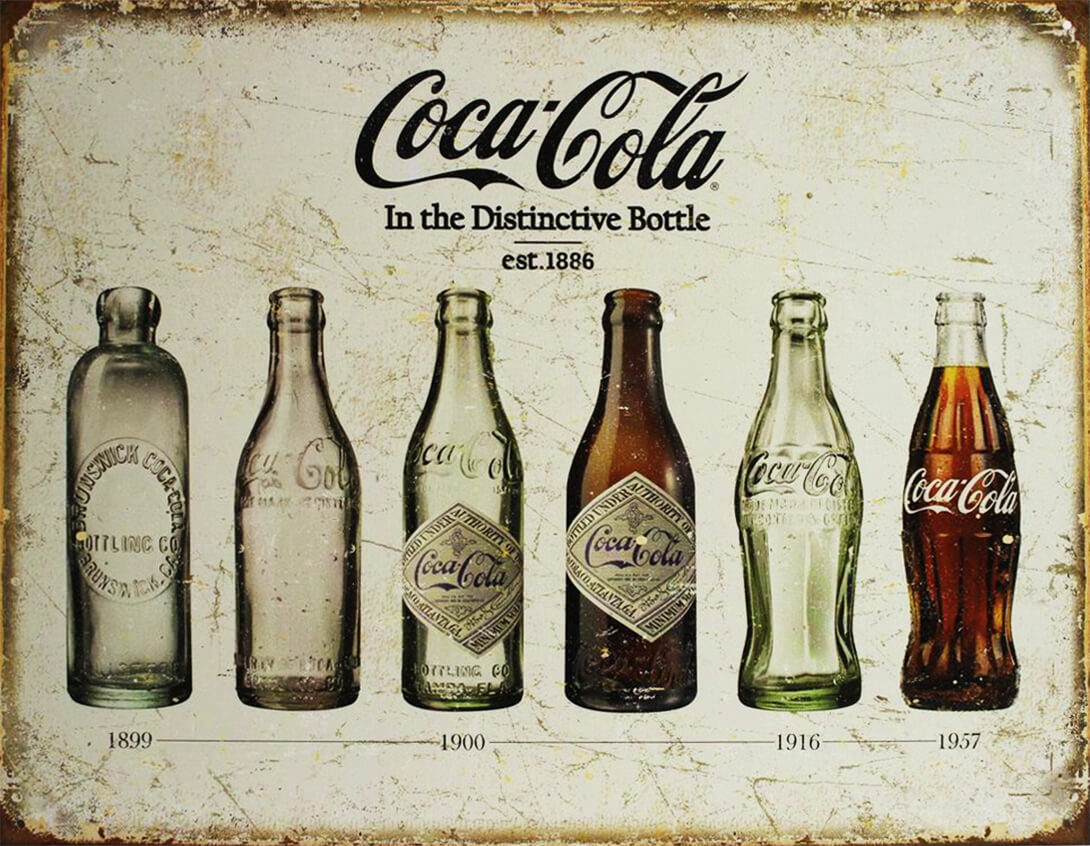
Kellogg’s, on the other hand, did not want to evoke the human-ness merely through the replication of the human form but it did so in the form of a mascot with human-like qualities – Tony the tiger. With man and animal-like characterisation, this ‘manimal’ cartoon is Kellogg’s ‘spokescharacter’ with a personality that sits well with children. The idea to use an animal-like mascot is quite simple and has its roots in history. In ancient times, many tribes used animals as their totem, symbolising the core personality of their tribe. Lacoste’s crocodile and Qantas’ kangaroo serve the same purpose as Kellogg’s Tony the tiger. By ascripting a character with human attributes, a unique brand personality is created. This technique taps into the empathetic nature of humans thus, forging strong bonds between consumer and brands.
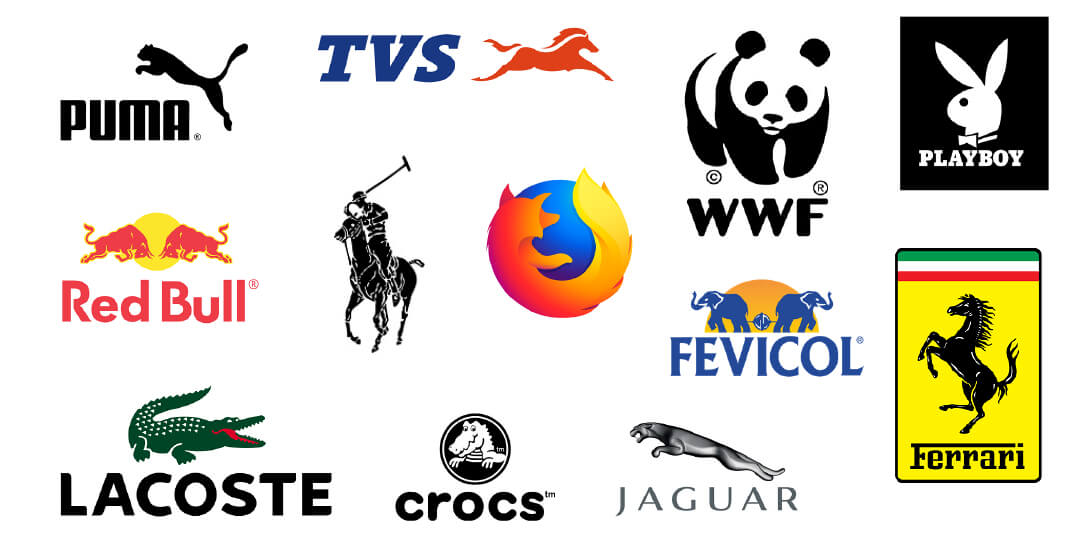
Another aspect of brand anthropomorphism is its ability to evoke ‘brand love’ through a sense of ‘like me’ as introduced by Kevin Roberts, CEO of Saatchi & Saatchi. Yes, love is a strong word in the context of a brand but it is not uncommon these days for ardent patrons to claim that they love the sleek Mac over Microsoft’s windows laptops, or that they love the organic supermarket Whole foods over a regular, not so eco-friendly departmental store. It is all about the empathy that a brand is able to evoke in its consumers.
The card of triggering strong emotions similar to love is played well by the sports brand Nike. It does so without a mascot or without designs that simply look like the human form, but instead Nike has imbibed humane values like unity and the go-getter spirit, which always evokes a sense of inspiration and confidence among its consumers. All of Nike’s marketing campaigns and all its business and design decisions are driven by what it stands for – the human spirit to ‘just do it’ no matter the challenge or obstacle.
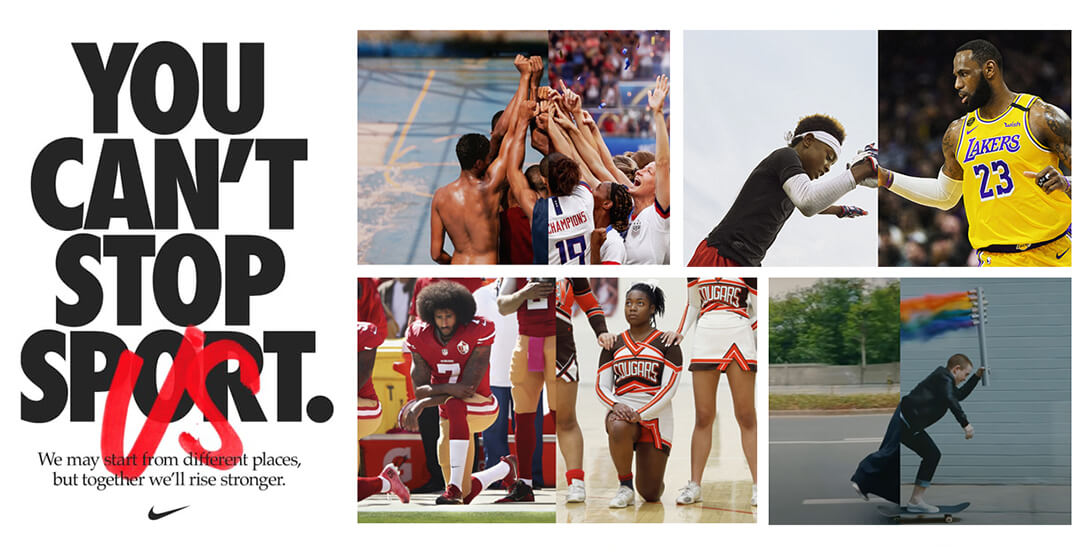
The tools of brand anthropomorphism include physical form, personality, traits, intentions, values and emotions. This idea is being widely experimented with by creators of social robots or robots used in homes, hospitals, airports and hotels. In order for the users to feel comfortable, human-like voice, expressions and patterns are fed into the robot. This is hardly surprising since we experience the humanization of machines everyday when using Siri and Google maps.
As you can tell, anthropomorphism is proven to be a successful tool but unfortunately, all humanization is not always a good thing. While the Michelin Man, Bibendum and Pillsbury’s doughboy have passed the test of time, not all mascots have lived up to expectations.
Ronald McDonald, McDonald’s clown-like mascot was created to appeal to young children to attract them to spend time at the burger joint. But over the years, Ronald the mascot has been more of an obstacle than a helpful agent in helping McDonald’s create stronger bonds with consumers. During the ‘creepy clowns’ mayhem in the United States, men would dress-up like clowns and lurk outside schools to terrorise children. This obviously caused quite a bit of damage to Ronald’s character as a clown. More recently, McDonald’s rebranded itself from a fast-food burger joint to a barista-like cafe. Unfortunately, the clown image did not go very well with it’s new cafe-like positioning. Thus, Ronald McDonald was officially put on an indefinite leave in early 2020.
As long as we are human, we will continue to crave for social and emotional bonds with both, animate and animate objects. Perhaps, this is why we give our cars human names. But, like all relationships, we can never tell how long will the bonds last …
Writing credit – Vishanka

